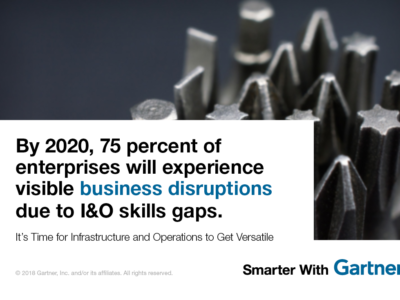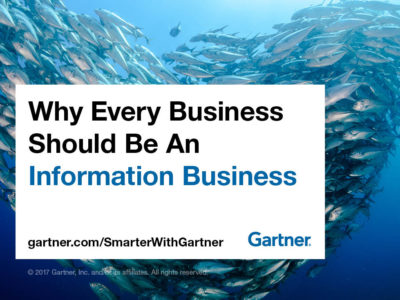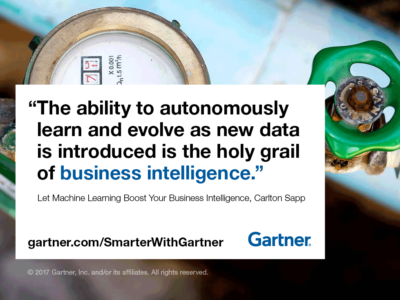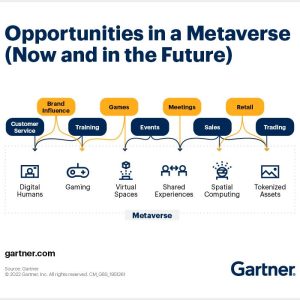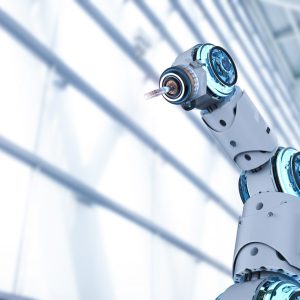Machine learning has become so pervasive that most of us use it daily without noticing.
Contributor: Susan Moore
Whether you’re searching the web, consuming weather reports, driving a car or using speech recognition on a smartphone, you’re most likely benefiting from machine learning.
Machine learning is a technical discipline that provides computers with the ability to learn from data (observations) without being explicitly programmed. It facilitates the extraction of knowledge from data. Machine learning excels in solving complex, data-rich business problems where traditional approaches, such as human judgment and software engineering, increasingly fail.
“Ten years ago, we struggled to find 10 machine learning based business applications. Now we struggle to find 10 that don’t use it.”
While the basic concepts of machine learning have been around for decades, interest is at an all-time high. Digital businesses are increasingly adopting machine learning, driven by the availability of sensor data, expanding bandwidth and sinking storage costs.
Speaking ahead of the Gartner Business Intelligence & Analytics Summit in Mumbai, India, Alexander Linden, research vice president at Gartner, said: “Ten years ago, we struggled to find 10 machine learning based business applications. Now we struggle to find 10 that don’t use it.”
There’s an abundance of examples across organizations that demonstrate what we can do with machine learning. Here are just a few:
- Sales and marketing – Machine learning models used for product recommendations are constructed to predict which product a customer is most likely to buy. They take a customer profile as input (customer activities, recent purchases and personal information) and map this to the predicted likelihood of the customer responding to a given offering.
- Risk and fraud management – Machine learning in fraud detection is typically used to map descriptions of transactions to their likelihood, indicating whether an ongoing transaction has a high likelihood of being fraudulent. In credit risk, it can map the loan applicant’s details (demographics and credit/payment history) to the likelihood of them defaulting on the given loan.
- Smart transportation – Traffic optimization can be achieved through an understanding of traffic patterns using sensor data, accidents and roadworks. A machine learning model predicts delays or road obstructions and recommends a faster route for public buses, as well as consumer and commercial vehicles.
- Supply chain processes – Machine learning models in asset performance management take the operating conditions of assets, such as wind turbines, solar panels and nuclear reactors, as input and predict when failures will occur. The objective is to decrease maintenance costs and minimize downtime.
- Healthcare – Machine learning models in early-warning systems for employees will analyze sensor data in hazardous environments — such as measurement of air quality, equipment performance or employee productivity, or even atypical behavior — to predict the likelihood of accidents. This application has been widely adopted to alert truck drivers to potential accidents.
Mr. Linden said that many people believe that machine learning is all about automation and eliminating human input. However, despite the range of recognized examples, successful adoption of machine learning is predicated on finding talented data scientists that can execute the technology while understanding its pitfalls and limitations.
Gartner clients can learn more in the report “Machine Learning Drives Digital Business”.
Mr. Linden will provide additional analysis on machine learning at the Gartner Business Intelligence, Analytics & Information Management Summit 2016 taking place in Mumbai, India. You can follow news and updates from the event on Twitter using #GartnerBI.
For more visit Smarter With Gartner website.


